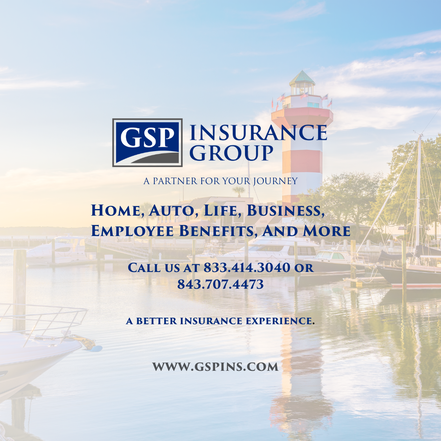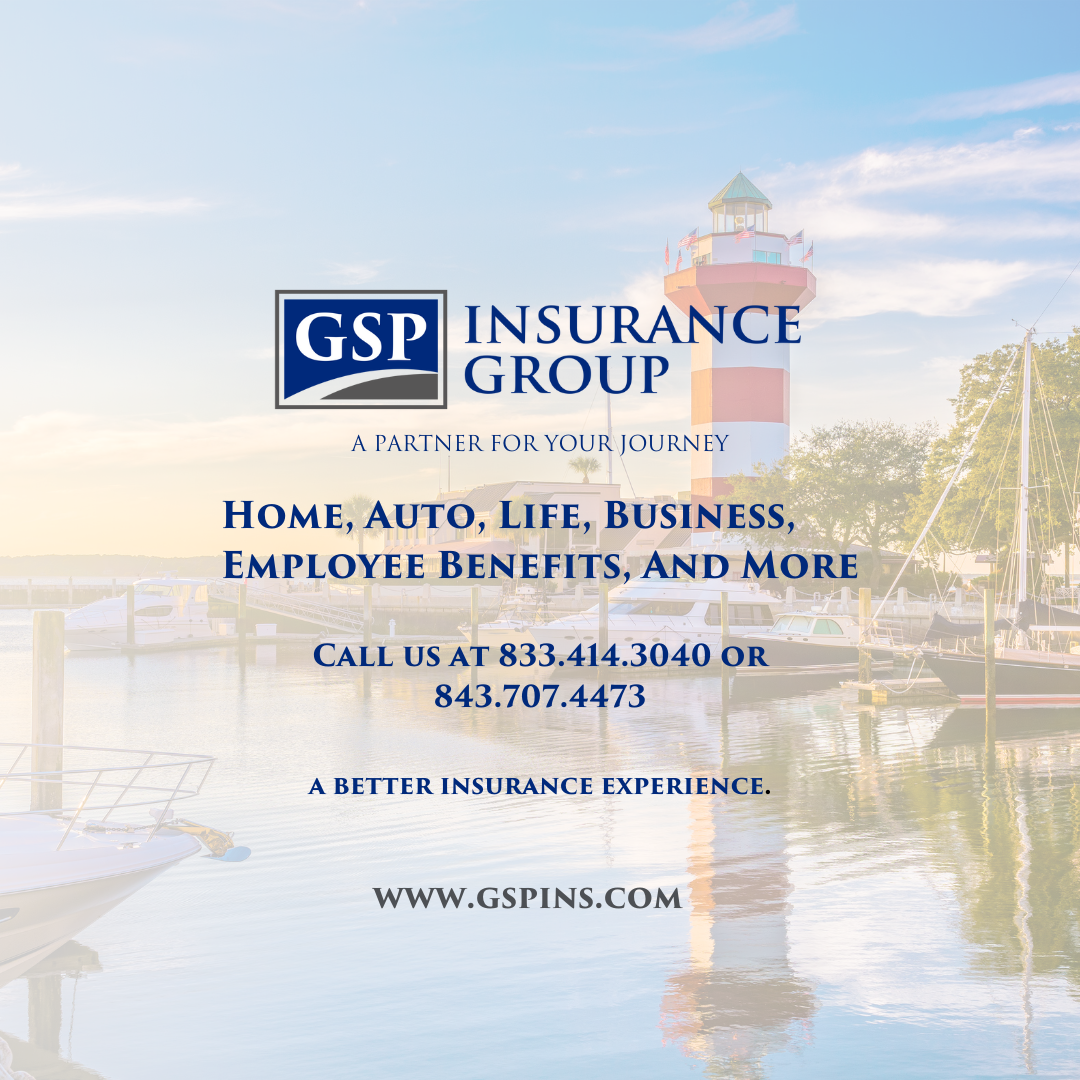GSP Insurance Group Blog |
Definition of Homeowners Insurance DeductiblesHomeowners insurance deductibles are the out-of-pocket expenses that policyholders are responsible for paying before their insurance coverage kicks in. When a claim is made for damage to the home or personal property, the deductible is deducted from the total claim amount, and the insurance company covers the remaining balance. It is worth taking into consideration that when it comes to insurance, the deductibles can vary significantly depending on the provider and the specific plan that is being offered. It is important to carefully review the terms of your policy and understand the details of your deductible in order to make informed decisions regarding your coverage. Homeowners insurance deductibles are classified into three main types: all other peril (AOP), wind/hail, and named storm uncovered deductibles. AOP deductibles are applicable to all covered perils, such as fire or theft, whereas wind/hail deductibles specifically apply to damage caused by windstorms or hail. Named storm deductibles, on the other hand, typically apply to damage caused by hurricanes or other severe storms that are specifically named in the policy. It's important for homeowners to understand their deductible options and choose one that fits their budget and needs. While higher deductibles can result in lower insurance premiums, it's important to weigh the potential savings against the potential out-of-pocket costs in the event of a claim. Types of Homeowners Insurance DeductiblesWhen it comes to homeowners insurance, deductibles play a crucial role in determining your out-of-pocket expenses in the event of a claim. There are different types of deductibles that you need to be aware of to ensure you have proper coverage. 1. Standard Deductible: This is the most common type, where you pay a fixed amount (e.g., $500 or $1,000) before your insurance carrier contributes towards the claim. In Coastal Areas like Bluffton/Hilton Head, we tend to see ($1,000 and $2,500 in Bluffton/Off of the island) and tend to see higher ($2,500 and $5,000 + Deductibles on Hilton Head) 2. Percentage Deductible: Instead of a fixed amount, a percentage of your insured property value is deducted. In the event that you file a claim with your insurance company, it's worth noting that your policy is valued at $300,000 and comes with a 2% deductible. This means that you'll be responsible for paying $6,000 out of your own pocket before the insurance company will cover the remaining costs. It's always a good idea to be aware of your policy's terms and conditions to avoid any unexpected expenses in the future. This is becoming more common for AOP Deductibles with many carriers currently in our area. 3. Specific Deductibles: Some perils may require separate deductibles due to their unique risks. For instance: - Hurricane Deductible: This deductible is triggered when a hurricane is categorized as a named storm. It is common in coastal areas prone to hurricanes and can range from 2% to 10% of the insured property value. - Windstorm/Hail Deductible: Certain regions with high wind or hail risks may have separate deductibles specifically for these perils. It is common in coastal areas and can range from 2% to 10% of the insured property value. - Flood Insurance Deductible: Flood damage is generally not covered by homeowners insurance, so separate flood insurance policies are required. These policies have their own deductibles. The requirement for these separate deductibles depends on the intensity of the storm or the risk of damage in specific areas. For example, hurricane deductibles are common in states along the Gulf Coast and the Atlantic Coast, such as Florida and South Carolina. Understanding the different types of homeowners insurance deductibles is crucial to ensure you have the right coverage for your property and are prepared for potential out-of-pocket costs in the event of a covered claim. It is important to review your policy and discuss with your insurance agent to determine the deductible options that best suit your needs.
0 Comments
What Are Some Common Reasons for Non-Renewal?Is your homeowners' insurance policy at risk for non-renewal? This can happen for a variety of reasons, and it's crucial to be aware of them so you can take timely action. This has become a frequent occurrence, not only in Beaufort County and South Carolina but across the country, as insurance carriers are pulling back from disaster-prone areas, particularly coastal regions. Other companies are reorganizing or even liquidating, adding to the trend of non-renewals.
A failed home inspection is a common reason for non-renewal. If your property doesn't meet the insurance company's safety standards due to issues like faulty wiring or an aging roof, you might receive a non-renewal notice. Residing in areas at high risk for natural disasters is another significant factor. Insurance companies are increasingly cautious about providing coverage in zip codes prone to frequent natural disaster-related claims, such as hurricanes, earthquakes, or wildfires. Fraudulent information on the application can also result in non-renewal. If material misrepresentations or false details are discovered, the insurer has the option to either cancel or non-renew the policy. Understanding your policy's terms and conditions is essential to avoid such situations. Should you receive a non-renewal notice, consider reaching out to an independent agent who can help you find a suitable new insurance provider. By maintaining a clean claims history and ensuring that your property is in good condition, you can bolster your chances of policy retention. Stay informed and proactive to secure the coverage you need. |
Contact Us(843) 707-4473 Archives
February 2024
Categories
All
|



 RSS Feed
RSS Feed